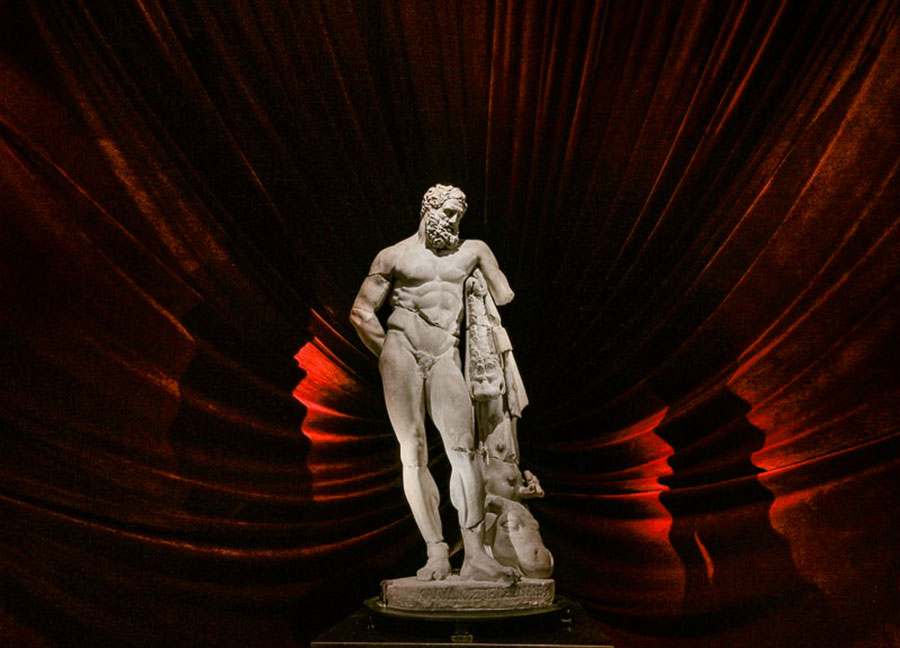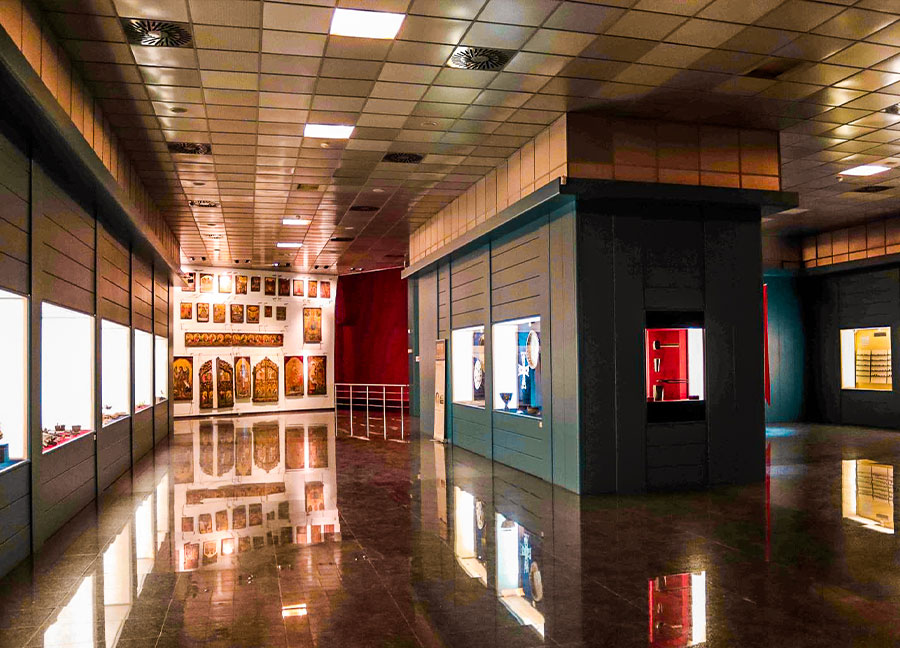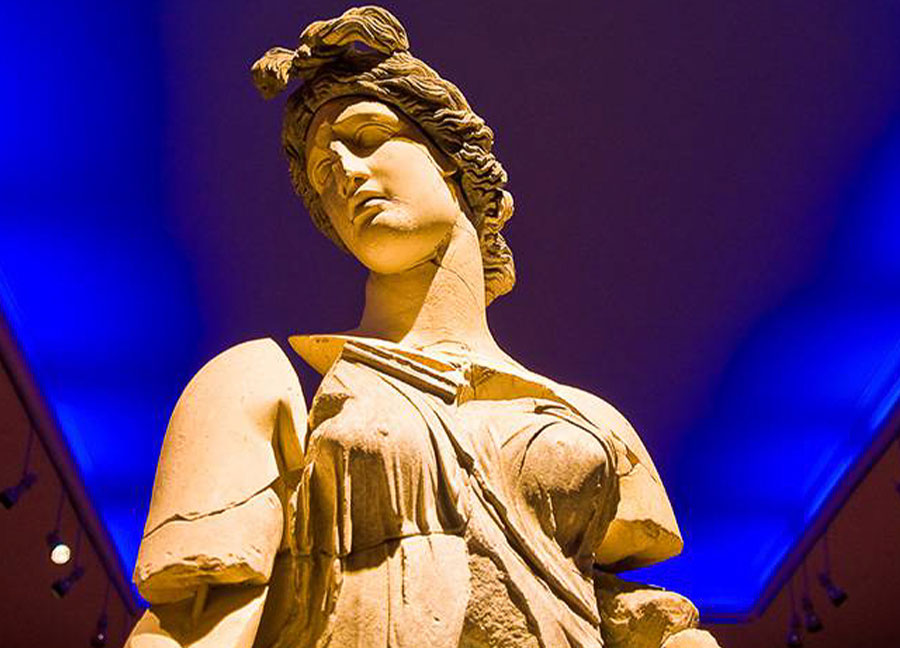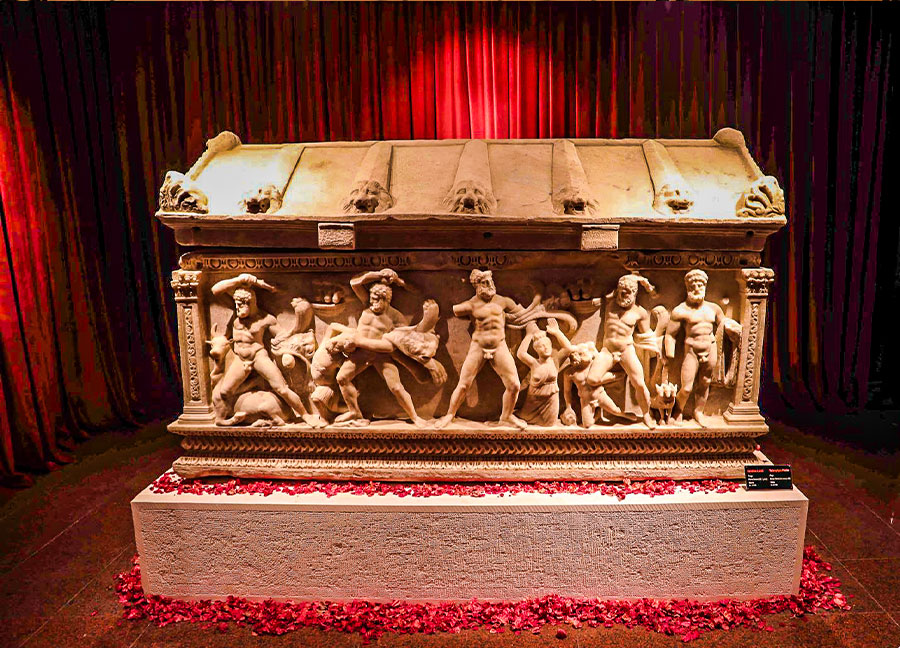In the Antalya Museum, which hosts many outstanding works, finds and original collections that reveal the deep-rooted history of the region are exhibited.
Teacher Süleyman Fikri Erten founded Antalya Museum during the First World War to protect historical artifacts from the occupation forces. Erten, who applied to the Antalya governorship in 1919 and registered himself as a historical works officer, took the first step by collecting the works in the center. The museum, founded in 1922 at Alaaddin Mosque in Kaleiçi and operated in the Yivli Minare Complex after 1937, moved to the current building on Konyaaltı Street in 1972.
Spreading over an area of 30 thousand square meters, the museum has 14 exhibition halls, a children's section and open-air galleries, and a large and spacious garden where works are exhibited and periodically concerts and music performances are held.
The Antalya Museum, which mainly features magnificent sculptures unearthed from the Ancient City of Perge, witnesses a period from the Lower Paleolithic Age to the Roman Period. Dedicated to three important Mediterranean ancient civilizations, 'Lycia', 'Pamphylia' and 'Pisidia' that lived within the borders of Antalya, the museum received the 'Museum of the Year' award of the Council of Europe in 1988.
Many of the archaeological artifacts in the museum were obtained from the periodic excavations carried out by local and foreign scientists in the region, and ethnographic artifacts were collected from the area by museum experts. The Antalya Museum also carries out many rescue excavations and archaeological site landscaping in the region.
The exhibition, which draws attention in chronological order, starts with the finds of Karain Cave and continues with the discoveries obtained from Bademağacı, Karataş Semayük, Bayındır Tumulus, Hacımusalar, Limyra, Patara, Xanthos, Arykanda, St. Nicholas Church, Perge and museum salvage excavations.
There are natural history and prehistory collections, statues of gods and emperors, artifacts from tomb cults, coins, mosaics, and icons among the exhibits. An essential part of the extensive ethnographic collection tells about the Ottoman culture.
Antalya Museum, which includes halls such as Natural History and Prehistory, Ceramic Artifacts, Regional Excavations, Emperors, Gods, Mosaic, Marble Portraits, Perge Theatre, Perge West Street and F5 Fountain, Sarcophagi, Coins - Small Artifacts - Icons, Cult of the Dead, With archaeological riches revealing its thousands of years of history, it is among the few museums in the world.















